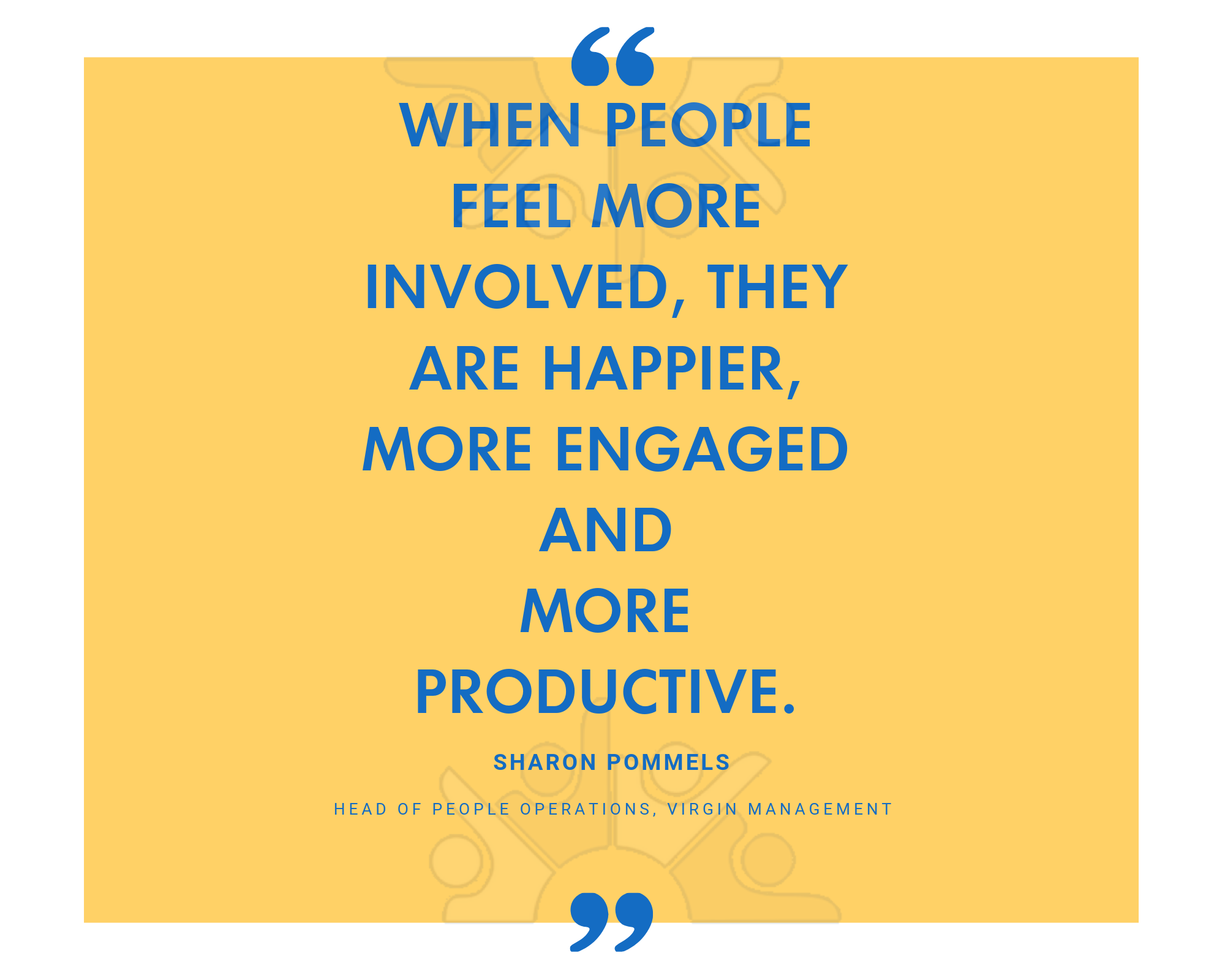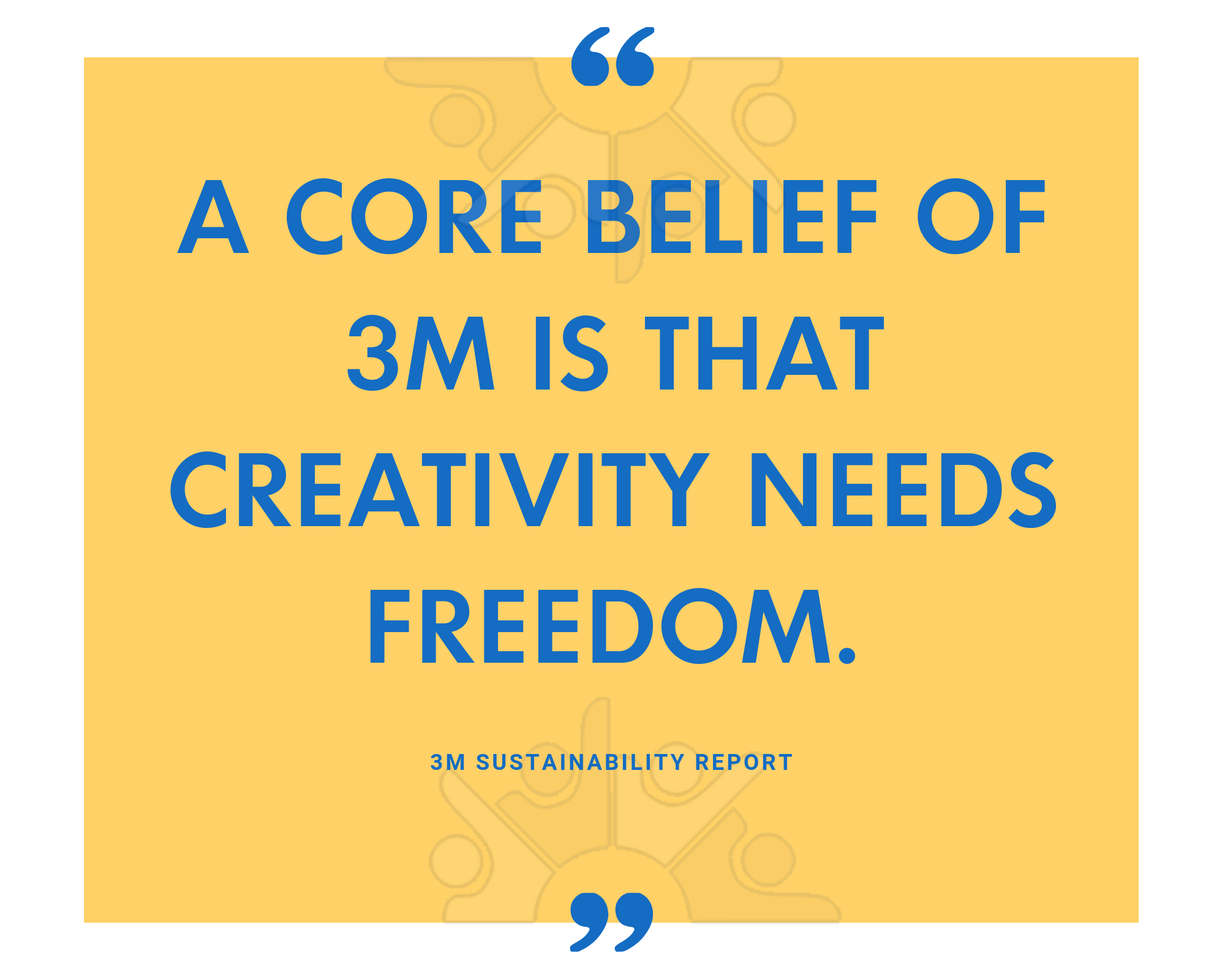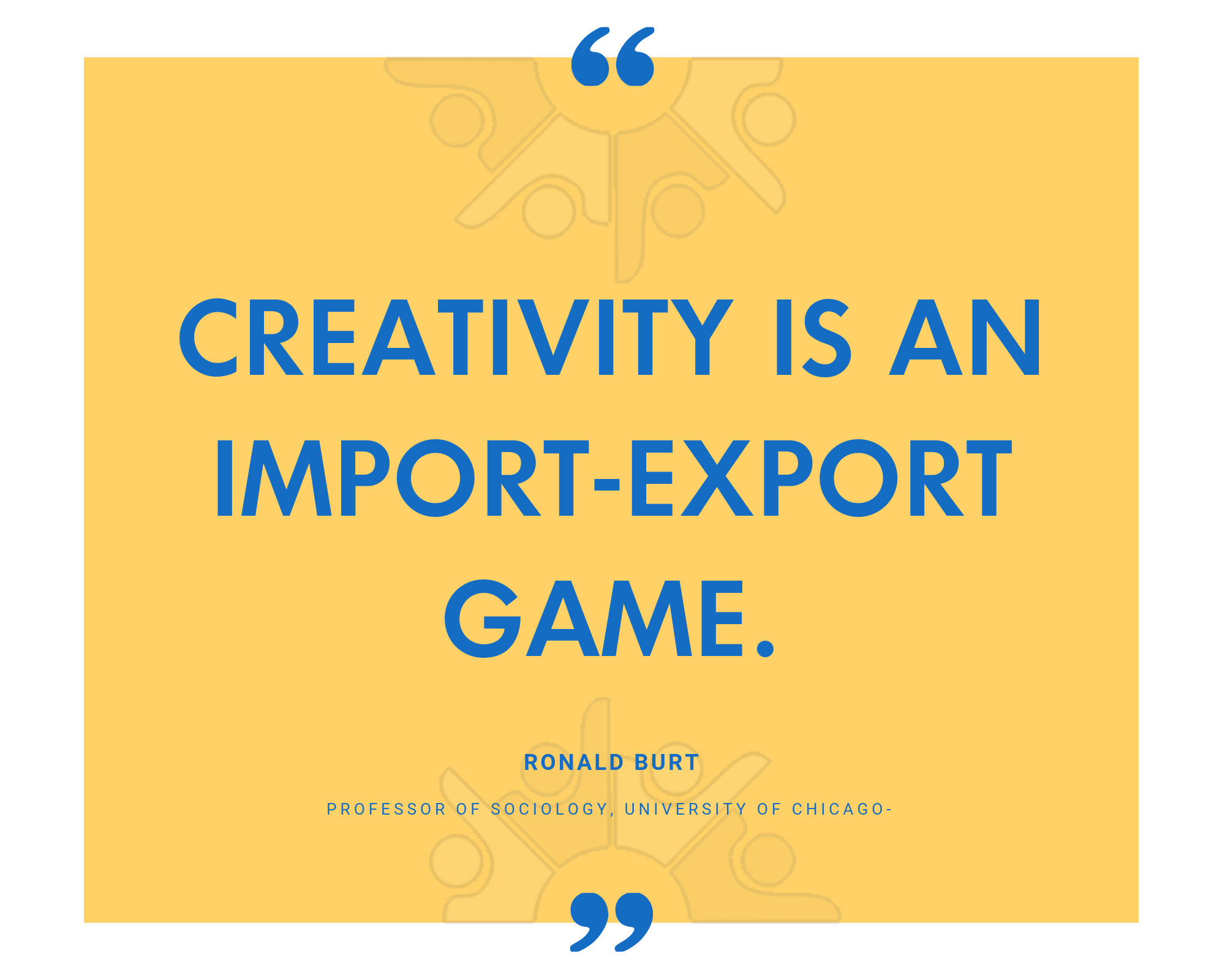If any company has a track record for building a culture where the most talented and creative employees are given the means to collaborate and innovate, it’s Google. The good news is you don’t have to be running a multinational corporation in order to replicate the systems and practices Google uses to get these results.
Former head of Senior Vice President of People Operations at Google, Laszlo Bock, outlined the core principles they use to build creative freedom into their company culture in his book, Work Rules!

An MIT study from Richard Locke in 2006, which studied the different practices between garment manufacturers in Mexico, revealed that giving workers more freedom (organising teams, setting production targets and giving them authority to halt production when problems arose), nearly doubled their productivity.
Google has long adopted a similar approach. As Bock explains, “The irony is the best way to arrive at the beating heart of great management is to strip away all the tools on which management most rely.”
Replacing command-oriented management with a non-hierarchical environment
Command-oriented, low freedom management is often seen as the go-to approach for running a company. Some business leaders believe it is simply faster and more efficient to instruct their team on what to do and make sure they deliver the desired results. The perception is that this approach is profitable and requires less effort. But is this the case?
Google prefers to adopt a non-hierarchical environment in which visible reminders of the company’s core values are present, in order to ensure that employees’ personal responsibility sits at the forefront. This can be achieved in a number of ways, for instance, something as simple as having the company leaders dress in a casual manner in the workplace, reminding everyone that even senior leaders are people like everyone else.
Google’s senior executives also receive only the same benefits – for instance, compensation programs and other perquisites and resources – as everyone else. There are no executive bathrooms, pension plans or parking spaces, signalling inclusiveness and acknowledging the value of all employees rather than conforming to stratifying industry practices.

Providing perks and services to make life easier
One of the most visible benefits of working at Google are the many perks and services the company offers their staff; when you think of Google’s workplace, the image which often springs to mind is staff riding their bikes around the office, or playing pool in one of their many games rooms.
While it might seem as if these perks can be an undue expense on your company, many of the perks offered by Google cost the company nothing. Bike repairs, car washes, laundry services, the provision of organic produce and mobile libraries are all services that can be provided at no cost to a company. In most cases, entrepreneurs are eager to provide such services and only require permission to come on-site.
The benefits of accumulating a variety of perks have improved Google’s productivity, innovation and employee engagement at virtually no cost to the company’s bottom line.

Creating casual collisions in the workplace
While providing perks and services helps employees with efficiency, establishing what Bock refers to as “casual collisions” throughout the workplace promotes stronger communication and innovation. Bock describes a typical experience at Google: “Often you’ll see Googlers chatting and comparing notes over a cookie and a chessboard or around a pool table.”
The core idea behind the concept of casual collisions is to create places to meet up which look and feel different to employee workstations. Micro kitchens and games rooms dominate each floor of Google’s offices, designed to draw people from different departments together. Indeed, these are often situated at the border between different teams.
“At minimum,” Bock explains, “they might have a great conversation. And maybe they’ll hit on an idea for our users that hasn’t been thought of yet.”

Allowing time for side projects
In 2004 Google founders Larry Page and Sergey Brin introduced the 20% time rule to the company. This rule allowed employees to use one day per week to work on any Google-related passion project they desired, sparking creativity and encouraging out-of-the-box thinking.
While the 20% rule has since come under fire for not allowing employees enough time to perform their primary duties, the benefits of allowing some time to work on side projects can be exceptional. Gmail, Google Maps, Google News and AdSense are just a few of the services provided by Google which have come from the 20% rule.
“In some ways, the idea of 20% time is more important than the reality of it,” said Laszlo Bock. “It operates somewhat outside the lines of formal management oversight, and always will because the most talented and creative people can’t be forced to work.”
The 20% rule might be out of favour at Google, but the idea of allowing time for side projects sends out a clear signal to employees that the company believes in their capabilities, giving them the impetus to follow their passions and contribute fully towards the growth of the company.






